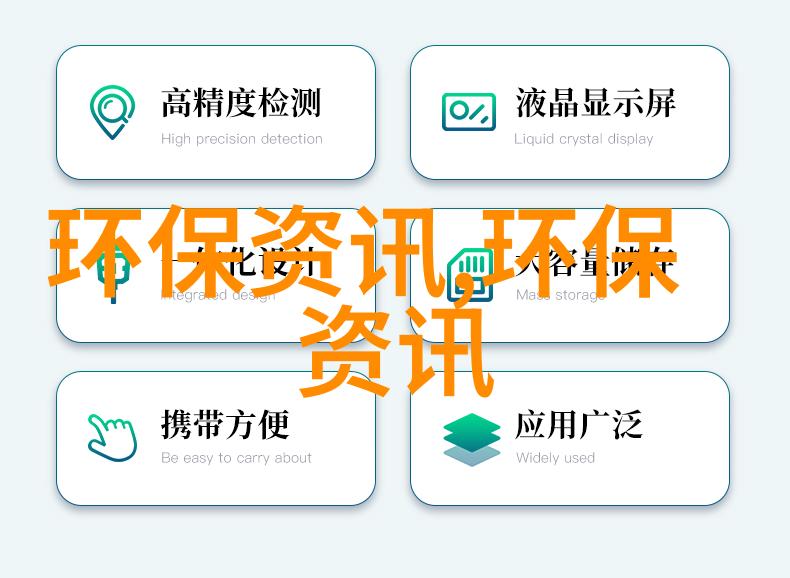生物技术在水污染治理中的应用
随着工业化和城市化的不断推进,全球面临着严重的水资源短缺和水质恶化问题。水污染已经成为一个迫切需要解决的问题,而生物技术正逐渐成为解决这一难题的一种有效手段。

首先,我们来看看为什么生物技术能够在水污染治理中发挥作用。在传统的环境保护措施中,物理和化学方法通常是主要的手段,但这些方法往往成本高昂,并且对生态系统可能产生不良影响。而生物技术则通过利用微生物、植物和动物等自然界的生命力,对有机废弃物进行分解转化,从而减少对环境造成的负面影响。
其次,我们可以从以下几个方面来探讨生物技术如何具体应用于水污染治理:

微生物降解:微organisms like bacteria and fungi are known to degrade a wide range of organic pollutants in water, such as petroleum hydrocarbons, pesticides and industrial chemicals. These microorganisms can break down these harmful substances into harmless by-products that do not pose any threat to the environment.
固定氮:Nitrogen is an essential nutrient for plant growth but its excessive levels in water bodies can lead to eutrophication, causing algal blooms and oxygen depletion. Nitrogen-fixing bacteria like Azotobacter spp., Clostridium pasteurianum etc., play a crucial role in converting atmospheric nitrogen into a form usable by plants.

金属修复:Heavy metals are one of the most common pollutants found in contaminated water bodies due to industrial activities or mining operations. Bioremediation using microorganisms has been shown effective in removing heavy metals from polluted sites through mechanisms such as biosorption (binding of metal ions on microbial surfaces), bioaccumulation (uptake of metal ions within microbial cells) or biomineralization (formation of insoluble minerals with metals).
油 spills cleanup:Microbes have proven useful in cleaning up oil spills at sea or land-based areas by breaking down the complex hydrocarbon molecules into simpler ones which then evaporate easily without leaving behind any residue.

Phytoremediation: This technique uses plants for treating contaminated soil, air and water by absorbing toxic substances from them through their roots or leaves followed by proper disposal methods.
Biofiltration systems: These systems use living organisms such as microbes, plants, insects etc., embedded within filter media to remove contaminants present in wastewater before it is released back into nature.

Biological treatment processes: Biological treatment involves using microorganisms for degradation of organic matter present in wastewater thereby reducing COD/BOD values significantly before releasing treated effluent back into natural waters.
Genetically engineered organisms: Scientists are now developing genetically engineered organisms capable of degrading specific pollutants more efficiently than their natural counterparts providing additional tools against pollution control efforts
最后,虽然上述方法具有许多潜在优势,如低成本、高效率、可持续性强等,但是实施时也存在一些挑战,比如操作条件限制、监控与控制难度以及公众接受程度。此外,由于不同地区的地理气候条件各异,以及各种不同的污染物类型,这些因素都将对采取何种具体策略提出了更高要求。因此,在实际操作中,综合运用多种处理方式并结合当地情况制定相应方案显得尤为重要。总之,随着科技日新月异,对未来看好生物技术在改善我们所面临的环境状况方面所能发挥作用的人越来越多。
然而,无论哪一种处理方式,最终目的是要确保我们的饮用水安全,不仅要避免再次受到新的污染,还要考虑到长期以来积累下来的污染问题。这意味着除了短期内采取紧急措施之外,更需要深入思考并投入长期努力,以确保未来的世代能够享受清洁健康的地球环境。